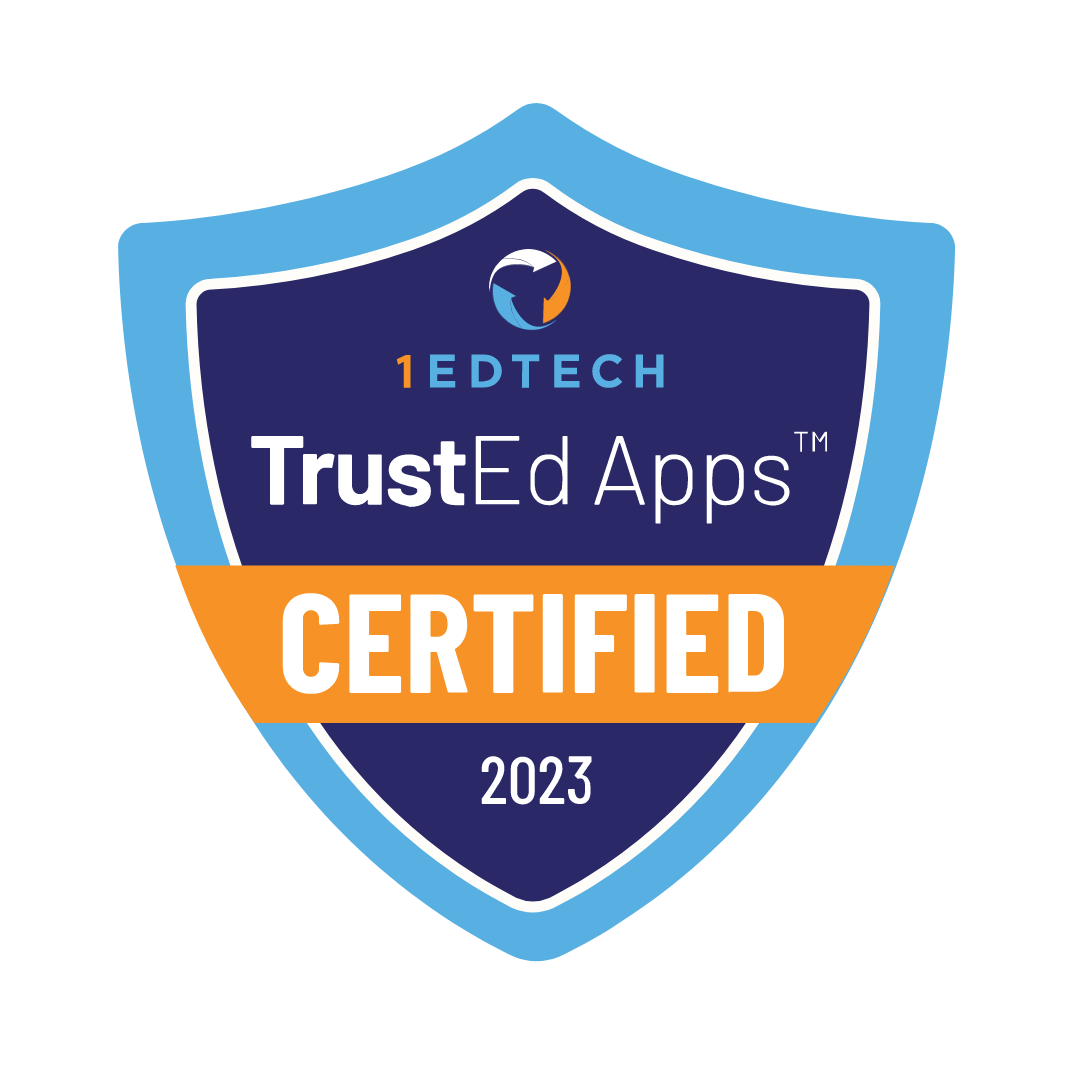Contents
Thousands of students enroll in online schools every year. Some parents want the best education for their child but aren’t sure how to judge the quality of a program. We’ll talk about curriculum standards to help parents understand what to look for.

Online school curriculum standards are a set of rules helping teachers run online lessons and guarantee all students gain the needed skills and understanding. We will explore how these standards help and what parents check when evaluating online school curriculum.
How Online Curriculum Standards Help Maintain High-Quality Education?
“There’s this trend where it seems like standards-aligned materials are being taken up more and becoming more common”
Andrea Prado Tuma, Education Week

Online curriculum standards ensure certain criteria are met to maintain a high level of education. We will explore six criteria and provide specific examples using Common Core State Standards (CCSS).
Clear Learning Objectives
|
Parents, Take Note
The research “Learning Objectives for E-Learning Instruction” by F. Alonso and the colleagues introduce an e-learning model combining constructivist and objectivist principles. The study focuses on learning objects, improving efficiency by allowing content to be used in multiple courses. The study shows the use of collaborative learning improving the overall quality of online education
|
Standards guarantee these objectives have specific characteristics. These characteristics include being measurable, consistent, and matching educational goals.
Example of the standard: “Understand the concept of a ratio and use ratio language to describe a ratio relationship between two quantities”.
This standard gives a clear target for teaching students how to calculate ratios and use proper language to explain the relationship between quantities.
Consistency Across Different Lessons
Standards explain to the teachers the importance of ensuring students receive the same level of education.
Example of the standard: “Understand and apply the Pythagorean Theorem”.
The standard requires all teachers to teach the Pythagorean Theorem in the same way, so all students reach the same level of understanding.

Matching Educational Goals
Standards help teachers stay aligned with educational goals in all lessons.
Example of the standard: “Cite specific textual evidence to support analysis of primary and secondary sources”.
This standard shows teachers to focus lessons on having students provide evidence. This approach helps teachers stay aligned with long-term educational goals, such as developing students’ analytical skills.
Uniformity in Learning Outcomes
Standards insist teachers ensure all students reach the goals and have the same level of understanding of the subject by the end of the course.
Example of the standard: “Solve linear equations and inequalities in one variable”.
This standard shows teachers focus on teaching linear equations and inequalities and check by the end of the course if all students can solve problems on this topic correctly.
Guidance for Course Development
Standards explain the importance of paying attention to each course, ensuring there are no contradictions and they meet high educational standards.
Example of the standard: “Interpret the slope of a line as the rate of change in relation to a real-world context”.
The standard provides specific guidelines on how to interpret the slope of a line. Teachers apply this interpretation across all courses.
Quality of Educational Content
Standards show teachers the importance of aligning educational materials with all current guidelines.
Example of the standard: “Analyze how particular lines of dialogue or incidents in a story or drama propel the action, reveal aspects of a character, or provoke a decision”.
The standard recommends using modern assessment methods to help students develop their analytical skills.
How to Interpret Online Curriculum Standards?
Parents and students need to understand how to use online curriculum standards. We covered this in detail in the article “K-12 Online Curriculum Standards”.
Key Points for Parents to Consider in Online School Curriculum

Parents pay close attention to the school curriculum to ensure it meets high educational standards. Here are five things parents check about the curriculum:
- The curriculum is updated to meet standards
- It outlines clear learning objectives, assessment methods, and expected outcomes
- The curriculum allows for customization of learning to meet individual student needs
- It uses various types of materials for learning, including texts, videos, audio, and more
- The curriculum structure is connected to real life, and the lessons students learn help them solve real-world problems
Legacy Online School’s Curriculum
Legacy Online School offers an accredited curriculum for elementary, middle, and high school. Legacy Online School’s curriculum covers core subjects. These subjects include Language Arts, Math, Science, and Social Studies. Students choose electives like Spanish and Art. This curriculum includes live teaching in small groups for personalized attention.
Legacy Online School’s curriculum won “The Best Homeschool Curriculum, Products & Resources!“ award. This win shows the school’s strong focus on quality, innovation, and helping students succeed.
Conclusion
The online school curriculum helps understand the quality of education a student receives. We explored how standards help schools keep quality high and what parents check to see if the curriculum meets these standards.











